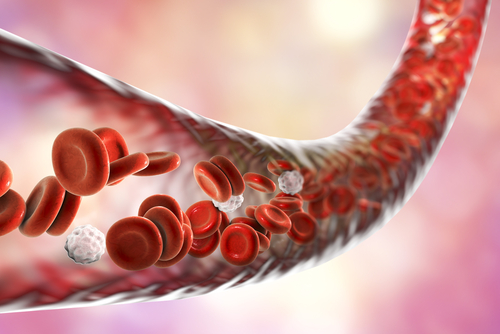Blood Transfusion to Treat Cold Agglutinin Disease: What to Expect
Written by |

Sometimes a blood transfusion may be required to treat severe cases of the rare autoimmune disorder cold agglutinin disease (CAD).
In CAD, the immune system produces antibodies that attack red blood cells at low temperatures. Those antibodies cause the red blood cells to clump together and then be destroyed.
One treatment in severe cases is a blood transfusion, during which the patient receives donor blood.
How should I prepare for a blood transfusion?
Make sure you know where you are going for your transfusion. Discuss the procedure beforehand with your doctor, and find out if you will be able to drive afterward. If not, arrange to have someone drive you.
Ask your doctors how you should prepare for the transfusion — they may have specific recommendations for CAD patients.
It’s important to be well hydrated before going in for a blood transfusion. Make sure that you drink plenty of water before and after the procedure. Some people may feel faint due to low blood sugar during a transfusion. To prevent this, make sure that you have eaten an hour before the transfusion, and drink some juice or other beverage after the procedure.
What happens during a blood transfusion?
Before the procedure, the doctor may want to check your blood type again, to be absolutely certain you receive the right blood type. This may require a finger jab to get a drop of blood prior to the procedure. If your blood type has been tested previously, bringing that information with you may be useful.
To receive a blood transfusion, a needle will be inserted into your arm. A bag of donor blood or serum — the liquid portion of blood — will be attached. The transfusion of donor blood or serum will take between one and four hours. During this time, either the doctor or the nurse will monitor your condition to make sure that you are not reacting negatively to the transfusion.
What should you watch for after a blood transfusion?
After the transfusion, your doctor may want to monitor you for another hour or two to be sure that you are not having a negative reaction to the transfusion. Some patients experience side effects, like fever, chills, shortness of breath, and chest or back pain.
A negative reaction to a transfusion may not occur until after you get home. So, it’s important to make sure that you have your doctor’s contact details and know who to contact if you experience an adverse reaction.
Last updated: September 4, 2019
***
Cold Agglutinin Disease News is strictly a news and information website about the disease. It does not provide medical advice, diagnosis, or treatment. This content is not intended to be a substitute for professional medical advice, diagnosis, or treatment. Always seek the advice of your physician or other qualified healthcare providers with any questions you may have regarding a medical condition. Never disregard professional medical advice or delay in seeking it because of something you have read on this website.




